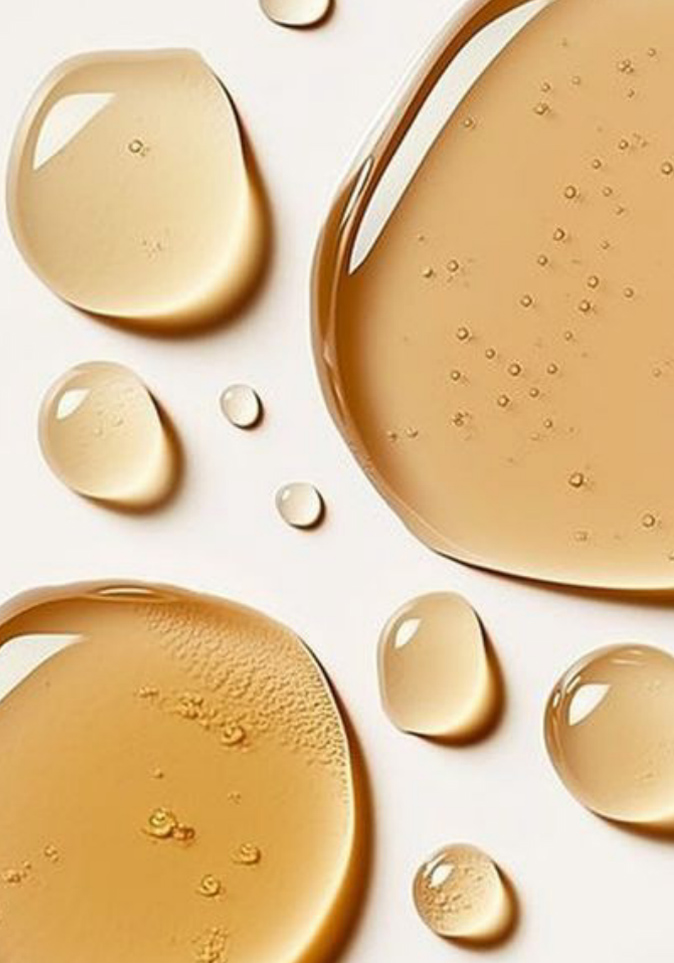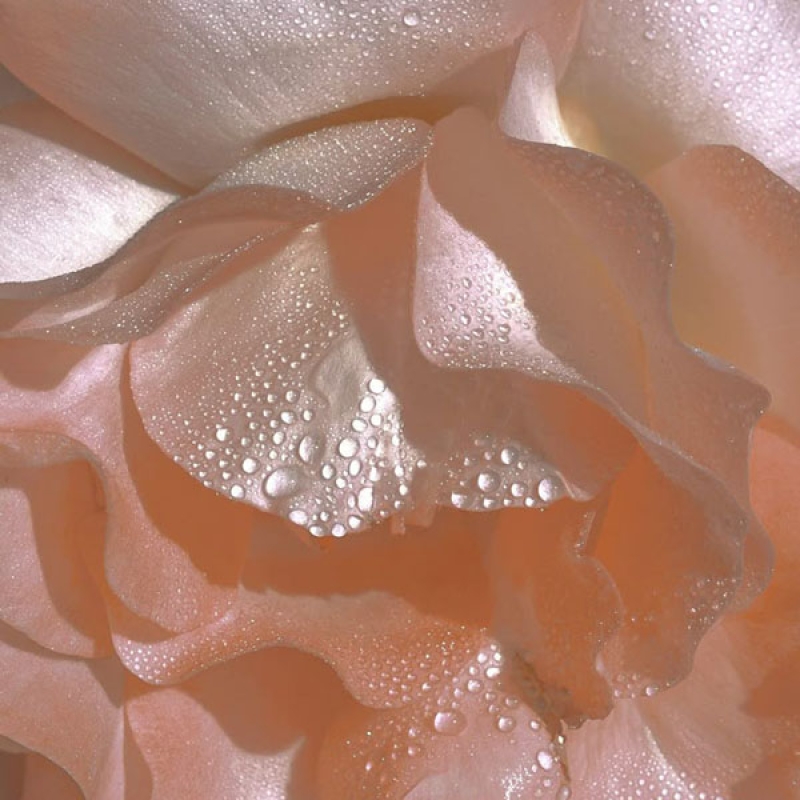- Our Solution
- Our Actives
Hypothalamic Estrogen Mimetic Precursor™ (Patented) Sunset Swiftlet Nest Essence With Natural Iron Black & White Truffle Centifolia Rose Ultrapure Ergothioneine Australian Chasteberry Serbian Raspberry Royal Saudi Ajwa Date Biodynamic Selenium Taiga Larch Methopterin Vitamin B6 Mexican Damiana Lactobacillus Acidophilus And Curly Lactobacilli Purple Tanshinone Andes Crimson Cranberry PQQ Croatian Red Grape Yeast Extract Endorphin Precursor™ (Patented) Clementine Immature Fruit Concentrate Chlorogenic Acid Pharmaceutical-Grade L-Carnitine Tarocco Blood Orange Hesperidin Chromax® Chromium Picolinate Peruvian Avocado Oil Sri Lankan Virgin Coconut Oil L-Α-Phosphatidylcholine Betaine Anhydrous Black Cumin Oil Glabridin™ α-Bisabolol L-Glutathione Tranexamic Acid Magnesium Vitamin C Phosphate Ethyl Ferulate Lipoic Acid Patented Fascia Signaling Peptide™ Yak Marrow Biopeptide Complex Supercritical-CO2 Egt Aronia Melanocarpa Sod L-Arabinose Bonito Elastin Peptide
- OUR BEST-SELLERS








